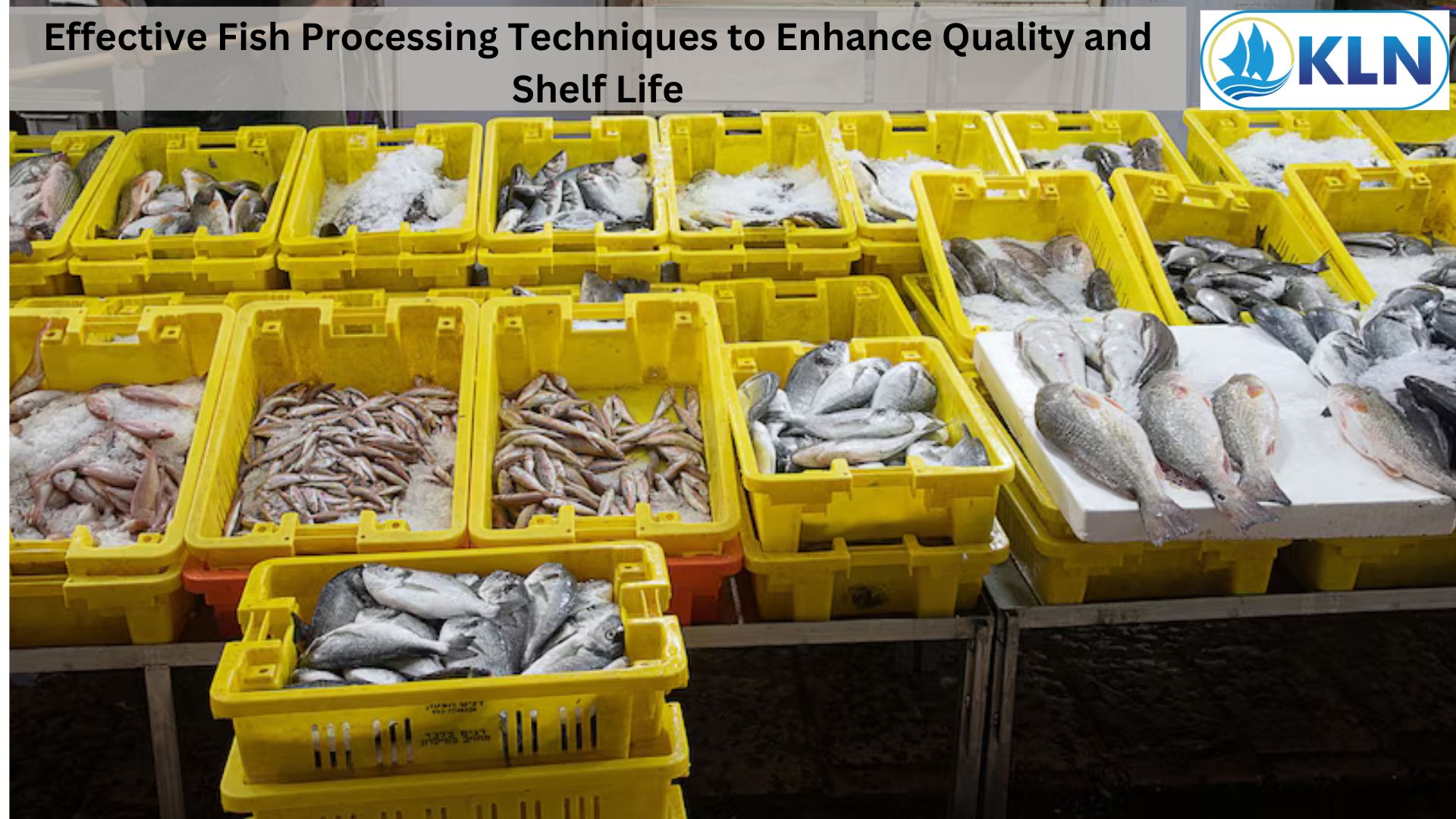Effective Fish Processing Techniques to Enhance Quality and Shelf Life
By. Najih - 18 Sep 2024
In the seafood industry, effective fish processing techniques are essential for improving both the quality and shelf life of fish products. Proper processing not only enhances the freshness and taste of fish but also ensures it remains safe and nutritious for a longer period. Here, we explore key techniques that can significantly improve fish quality and extend its shelf life.
1. Rapid Cooling
One of the most effective methods for preserving fish quality is rapid cooling. Immediately after catching or purchasing fish, it should be cooled to below 40°F (4°C). This helps slow down the growth of bacteria and the degradation of fish quality. Using ice or refrigeration is essential to maintain optimal temperatures and prevent spoilage. Rapid cooling is crucial for keeping fish fresh and extending its shelf life.
2. Proper Cleaning and Handling
Effective cleaning and handling techniques are vital in fish processing. Fish should be thoroughly cleaned to remove blood, slime, and contaminants. This process involves washing the fish under cold running water and, if necessary, using specialized cleaning agents. Proper handling practices, such as using clean utensils and minimizing physical contact, help prevent contamination and damage, ensuring the fish remains high-quality.
3. Filleting and Portioning
Filleting removes bones, creating boneless cuts that are more appealing and convenient for consumers. Precision in this process ensures uniformity and reduces contamination risks. Portioning fillets into specific sizes makes them more suitable for cooking and selling, enhancing market appeal.
4. Freezing and Vacuum Sealing
Freezing at temperatures of -20°F (-29°C) halts bacterial growth and preserves fish quality. Vacuum sealing, which removes air from packaging, further prevents freezer burn and oxidation. Together, these methods maintain freshness and flavor over extended periods.
5. Salting and Smoking
Salting cures fish with salt to inhibit bacterial growth and extend storage time, while smoking adds a distinctive flavor and preserves the fish by drying and exposing it to smoke. These traditional methods are effective in improving both durability and taste.
6. Quality Control
Regular quality control checks are essential throughout the processing stages. Monitoring factors such as temperature, cleanliness, and the fish’s condition helps ensure that the final product meets safety and quality standards. Consistent quality control minimizes the risk of spoilage and ensures that consumers receive high-quality fish products.








